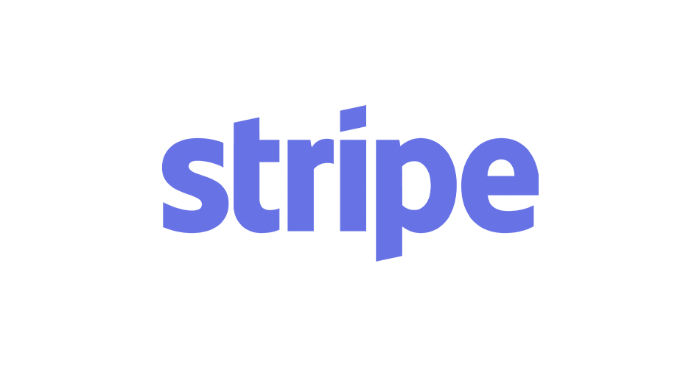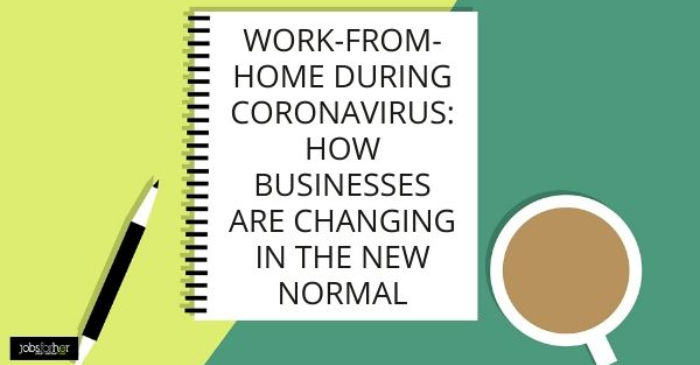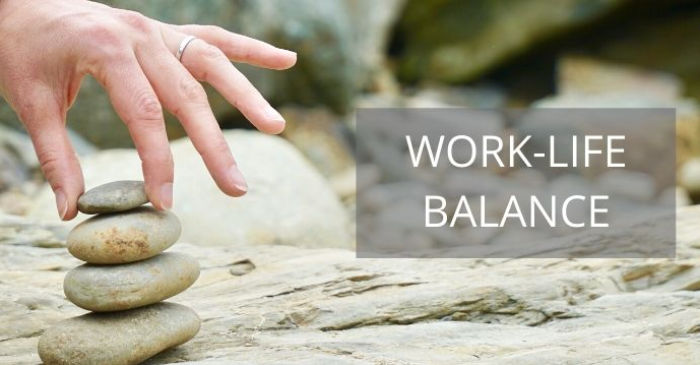The DivHERsity Benchmarking Report: Spotlight on Gender Diversity in the Indian Workplace
- Vinutha
- in
- Talent Management
- |
- 17 May 2019

Only a quarter of India’s workforce is female.
India ranked 108th in the World Economic Forum’s Gender Gap Index 2018(1). According to the India Skills Report 2018, the economic participation of women in the workforce has fallen from 32% in 2016 to 23% in 2018(2).
A number of factors are at play here, with women facing a range of multiple challenges relating to access to employment, choice of work, working conditions, employment security, wage parity, discrimination, and balancing the competing burdens of work and family responsibilities.
Gender gap in India larger in 2018
The World Economic Forum’s Global Gender Gap Report 2018 indicates that India’s gender gap was directionally larger in 2018, with a 33% gap that needs to be bridged. The gender gap continues to exist at all levels of the pipeline for women and widens as they move toward senior management levels, indicating a disconnect between current strategies and women’s inclusion.
On the flip side, the potential for impact is immense. If we can bring the next 68 million women into the workforce by 2025, India’s GDP can increase by $770 billion(3) — an increase that is unmatched in any other country in the world.
Recognising companies that accelerate female participation
The DivHERsity Awards by JobsForHer recognised exceptional work done by companies to accelerate female participation and performance in the Indian workforce. The aim of the DivHERsity Awards was to showcase and reward best practices by companies, create benchmarking for gender diversity in India and inspire other companies to embark on their D&I journeys.
We have compiled an extensive benchmarking report based on data from over 300 companies across India that covered a number of parameters, including Gender Diversity, Best Practices in Diversity Hiring Policies, Best Practices in Diversity Programs, Women Returnee Programs and Women Leadership Development Programs.
Today, companies are working with us because they realise diversity is good for business. They are working with us to create:
- Structured Hiring Programs to attract and recruit experienced women talent through mindful and positive communication, as well as deeper engagement channels.
- Structured D&I Programs to drive diversity goals and initiatives to make the workplace more women-friendly.
- Structured Returnee Programs that could be in the form of internships, reskilling programs or exclusive recruitment drives to enable women to restart and rejoin the paid workforce.
- Structured L&D Programs for the professional development of women, as well as removing biases in the workforce through sensitisation to increase women’s retention and ascension toward leadership roles.
Educational institutes are also partnering with us in this journey by rolling out customised programs for women on a break, for senior women professionals, and for women in technology, so that women can bridge the gap and leapfrog into senior leadership roles.
Companies benefit from diversity
The increase in diversity in the workforce will have a direct impact on the bottom lines of companies, with research showing an increased ROI for companies that benefit from the diverse perspectives and capabilities that women bring.
An increase in women’s participation in the workforce will also have a huge impact on society and families in bringing more gender balance and equity, with women truly being empowered to take their own decisions and carve their own paths.
We hope that this benchmarking report shines a spotlight on the efforts that companies are making to increase the participation and performance of women in India, and the efforts that still need to be made to bridge gender parity in India.
Connect us TODAY at simran@jobsforher.com to get a copy of the DivHERsity Benchmarking Report.
Sources:
1)https://www.weforum.org/reports/the-global-gender-gap-report-2018
2)http://www.in.undp.org/content/india/en/home/library/poverty/india-skills-report-2018.html
3)https://assets.mckinsey.com/featured-insights/gender-equality/the-power-of-parity-advancing-womens-equality-in-asia-pacific




